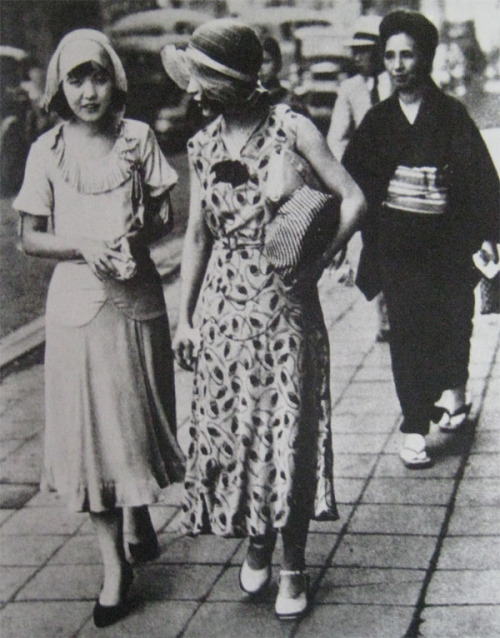#mogals
Making a fashion statement has always been a big deal in Japan!
Predating Gyaru, Lolita, and even Takenoku-zoku (a fashion subculture in Harajuku in the 1970s), there were the Modern Girls, or “Mo-gals” or “Moga” ( モダンガール) of the 1920s.
Thesemoga were Japan’s equivalent of America’s flappers, Germany’s neue Frauen, France’s garçonnes, or China’s modeng xiaojie (摩登小姐). By viewing her through a Japanese vs Western lens, the nationalist press could use the modern girl archetype to blame such failings as frivolity, sexual promiscuity, and selfishness on foreign influence.
The period was characterized by the emergence of working class young women with access to money and consumer goods. Using aristocratic culture as their standard, the critics of the modern girl condemned her working class traits as “unnatural” for Japanese. Modern girls were depicted as living in the cities, being financially and emotionally independent, choosing their own suitors, and apathetic towards politics. The woman’s magazine was a novelty at this time and the modern girl was the model consumer, someone more often found in advertisements for cosmetics and fashion than in real life. The all-female Takarazuka Revue, established in 1914, and the novel Naomi (1924) are outstanding examples of modern girl culture.
Post link





